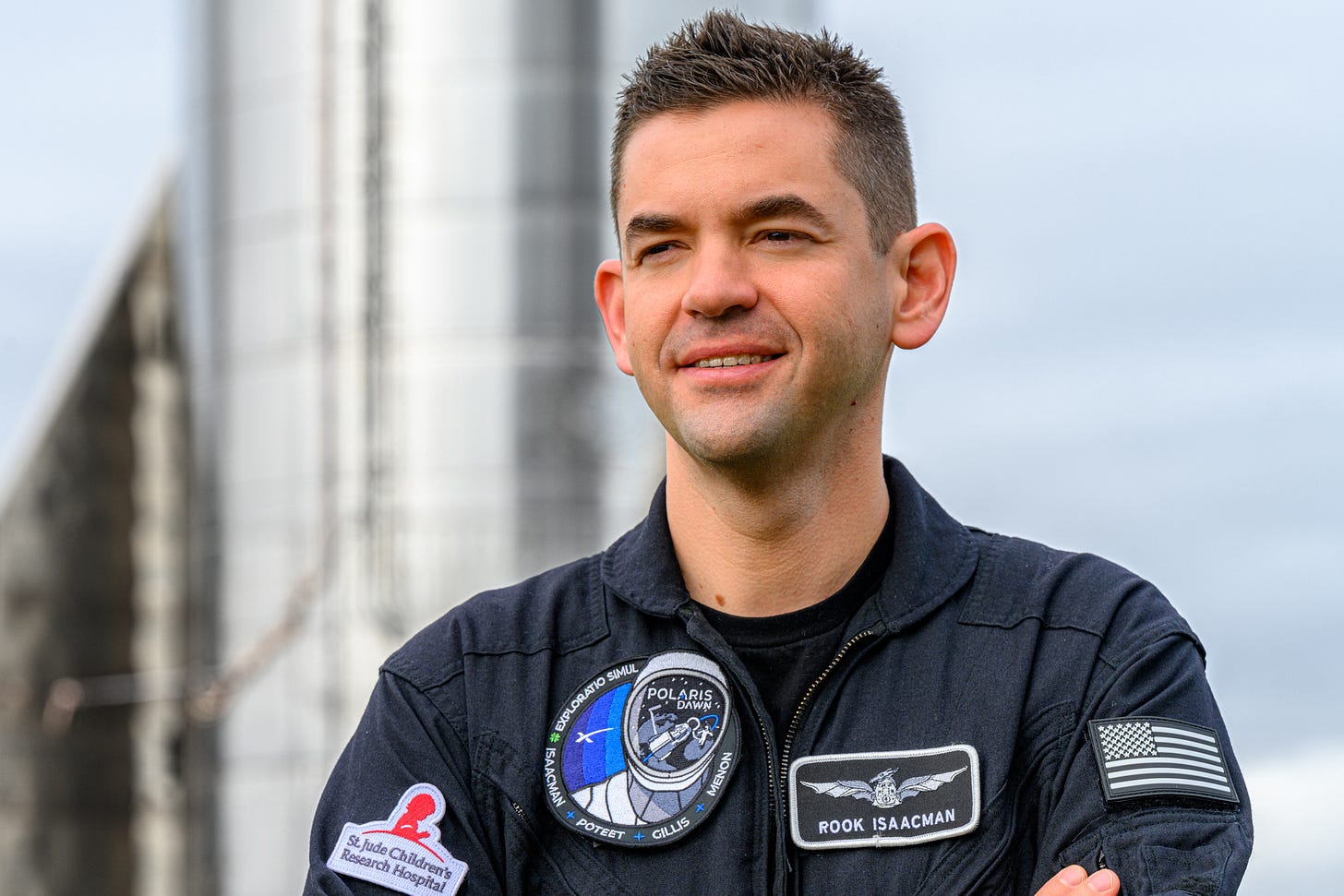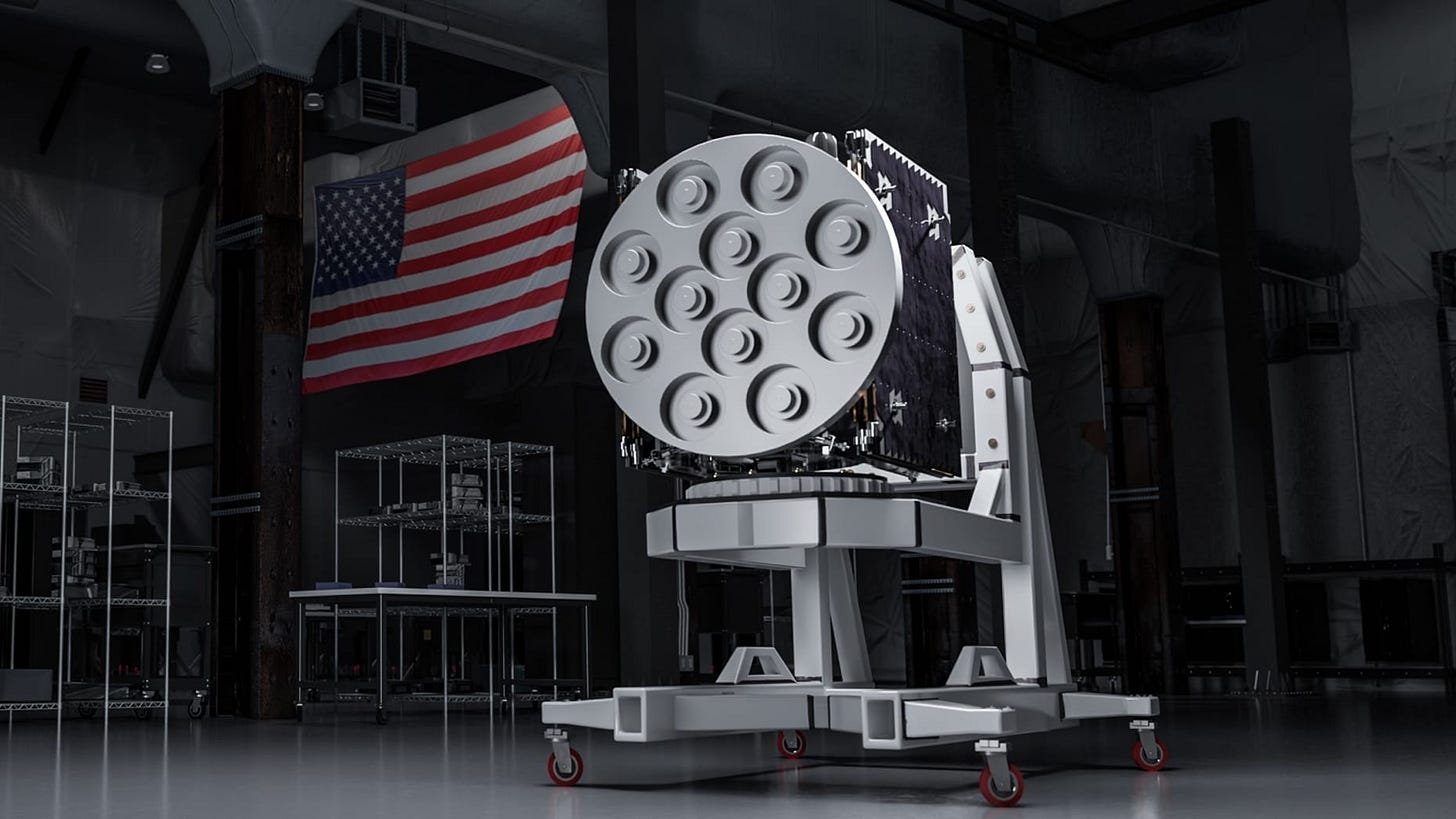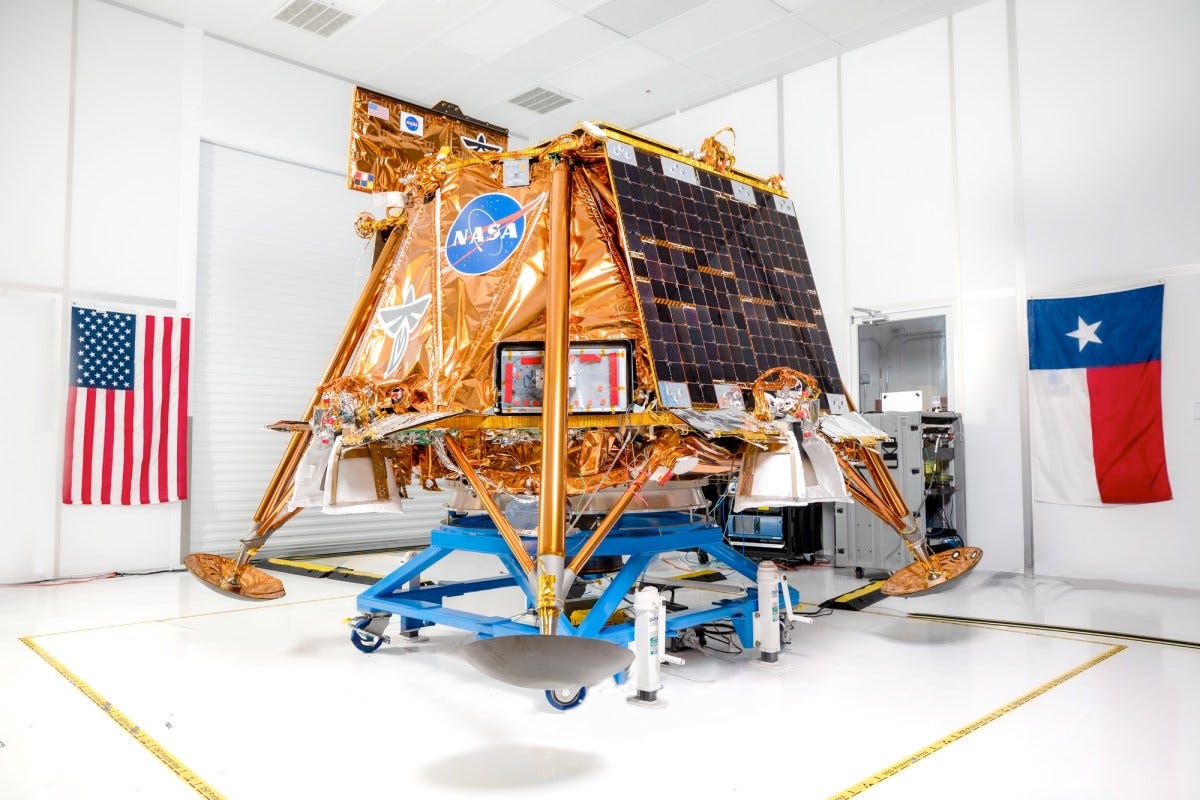The Overview — Sustainability
Fueling the next generation of aerospace engineers
Sustainability
“Meeting the needs of the present without compromising the ability of future generations to meet their needs”
— Brundtland Commission, 1987 United Nations report that defined sustainable development
Welcome back to The Overview! It’s been an exciting few weeks in aerospace, and this week, we’ve been turning our attention to a critical but often overlooked issue: space debris. This pressing challenge is central to achieving space sustainability and will shape the future of space exploration for decades to come.
🪨 Dive into this week’s featured article by Michael Kwara, a third-year PhD student at Stanford, as he discusses the pressing problem of space debris and how researchers and engineers are innovating solutions to safeguard the space environment.
🛰️ The Space Force is stepping up efforts to secure navigation systems by funding private companies to build new backup GPS satellites as part of the Resilient GPS system.
🌕 It’s an exciting time for Lunar Landers, with three different missions to the Moon scheduled over the next three months!
🛫 Featured Technology
Space Debris: Understanding the Threat to Our Future Beyond Earth

The commercial space industry is experiencing an unprecedented boom, with exciting advancements like internet constellations, space hotels, and even asteroid mining coming closer to reality. However, alongside rapid growth comes scalability issues that threaten progress in space — chief among them is orbital debris.
If left unchecked, the accumulation of space debris could lead to a debris belt around Earth, indefinitely locking us out of space. This grim scenario, known as Kessler Syndrome, predicts a cascade of collisions where debris generates more debris, exponentially worsening the problem.
In this article, Michael Kwara, a PhD student at Stanford University, breaks down the complexities of space debris and the urgent need for action. He explains the sources of debris, from rocket bodies left in orbit to fragmentation caused by collisions, and highlights the risks they pose to current operations and the future of space exploration.
Why is orbital debris such a significant threat in the first place? What solutions are researchers and engineers exploring to avoid this grim scenario? Dive into Michael’s article and discover how sustainability is the key to preserving our access to space for generations to come!
🚀 Aerospace News
We’ve got a new batch of great stories for all of you this week! As always, the aerospace industry continues to flourish with brand new stories every week. Although we’re not going to have a dedicated story on Starship again (we’ve covered past flights in previous newsletters!), we wanted to note the great sixth test flight that Starship had just a day before our previous send. Although SpaceX couldn’t catch the booster this time, they released some incredible footage of the re-entered Starship doing its flip maneuver and landing softly in the Indian Ocean!
Now, let's move on to our aerospace stories for this newsletter.
Jared Isaacman is your next NASA Administrator
Source: Bloomberg
Just announced by President-elect Trump this morning, Jared Isaacman was chosen to be the next NASA Administrator. Isaacman is not a politician but a billionaire CEO of Shift4, a payments company. But he’s known in the aerospace realm as the commander of the Inspiration 4 and Polaris Dawn missions, both private missions conducted by SpaceX on its Crew Dragon capsule. As a private SpaceX astronaut, he has ties to the company and Elon Musk. He has stated that his goal will be to ensure the US doesn’t lose the ability to venture amongst the stars. It’ll be interesting to see what he does with Artemis, SLS (Space Launch System), and other NASA operations!
The Space Force Wants New GPS Satellites
Source: CNBC Article
For those who are unfamiliar, GPS (one of many Global navigation constellations, along with Russia’s GLONASS, Europe’s Galileo, and China’s Beidou) was started in 1973 by the U.S. Department of Defense for military purposes. Since then, GPS has become integral to our daily lives, from position data for Google Maps to timing data for credit card transactions. (We highly recommend reading Sukrut's article about some GPS history from a few months ago.)
In other words, human society is now extremely reliant on this system of aging satellites, so the US Space Force is awarding contracts to aerospace companies to develop R-GPS, i.e., Resilient GPS. The goal of this system will be to act as a backup to the existing GPS, providing position, navigation, and timing (or PNT for short) services when existing GPS satellites face issues.
Astranis, Axient, L3 Harris, and Sierra Space have received initial contracts for design contracts, with Astranis releasing renders of their new "Nexus" satellite for this project. The Space Force is putting $2 billion into this project, so it will be extremely exciting to see what the companies deliver and how that changes the PNT landscape.
A Lunar Lander Lineup
Source: Spacenews Article
Gone are the days when extraterrestrial landers were a task of national space agencies. The private lunar lander has enjoyed an active last few years between iSpace's Hakuto-R mission, Astrobotic's Peregrine Lander, and Intuitive Machines' IM-1 mission. However, none of these missions were fully successful.
Now it's time for round 2. Between January and February, we expect to get three more lunar landing attempts from private companies. iSpace's Hakuto-R's second mission is expected to launch in January, and Intuitive Machines will launch its second mission, IM-2, in February. Again, the goal for both of these missions is to land on the lunar surface safely and deploy some scientific payloads.
We also have a first attempt from Firefly, the Austin-based company known for its Alpha rockets. They will launch their Blue Ghost lunar lander in January onboard a SpaceX Falcon 9. This lander will also fly an array of low-cost NASA payloads for the Commercial Lunar Payload Services (CLPS) operation. It's an exciting time for lunar exploration!
💬 Quote of the Week
“A society grows great when old men plant trees whose shade they know they shall never sit in.”
— An ancient Greek proverb
Thanks for reading The Overview—The Sustainability edition. 🌎
Enjoyed this edition? Share The Overview with a friend or colleague who loves aerospace! If you missed it, check out our latest podcast featuring folks from Navier AI. As always, feel free to reach out at admin@theoverview.org with any feedback or requests for topics you’d like to see in the future!
Stellar vibes,
Michael, Tagg, Anshuk, Maggie, Isaac





